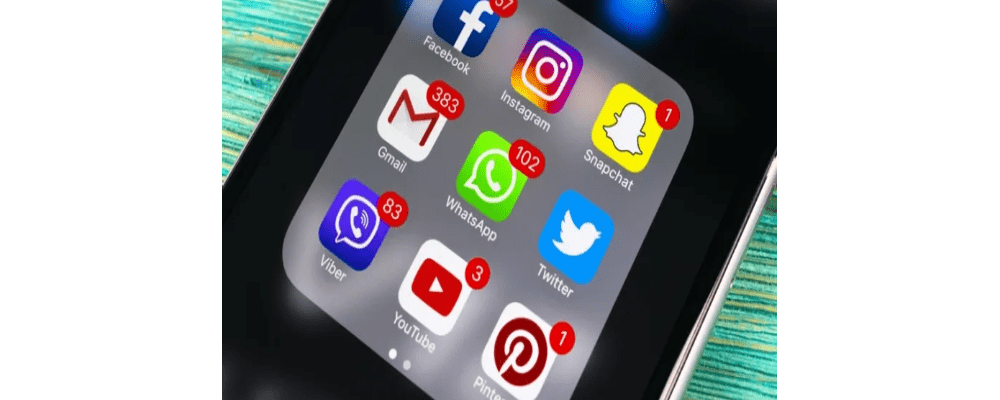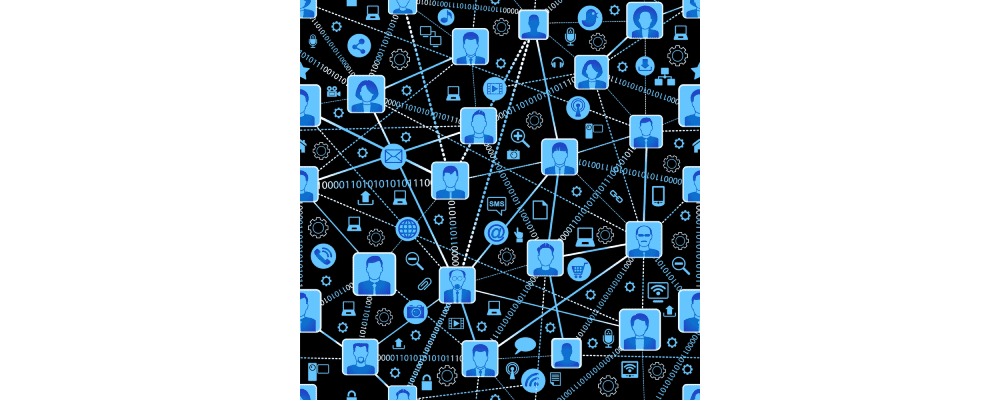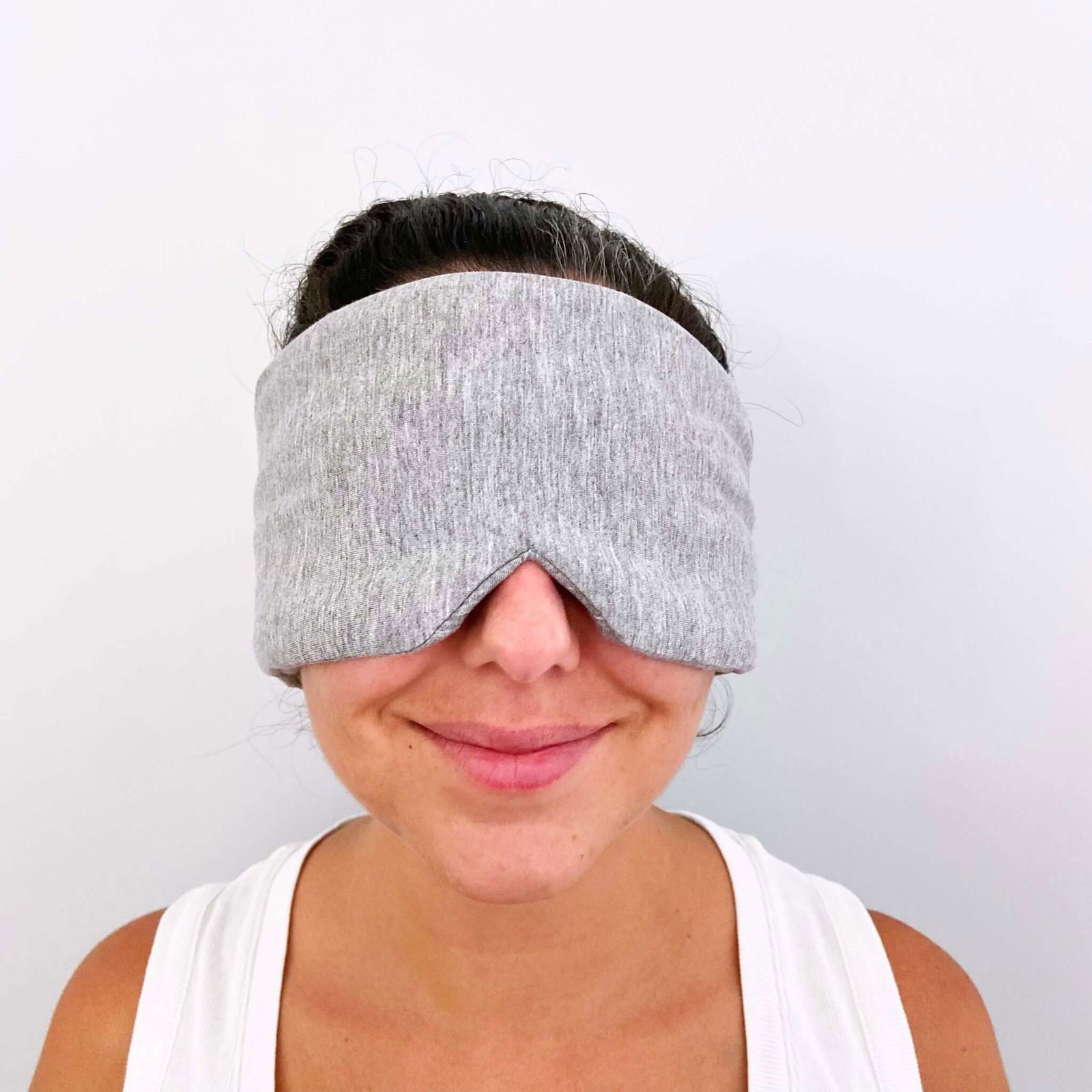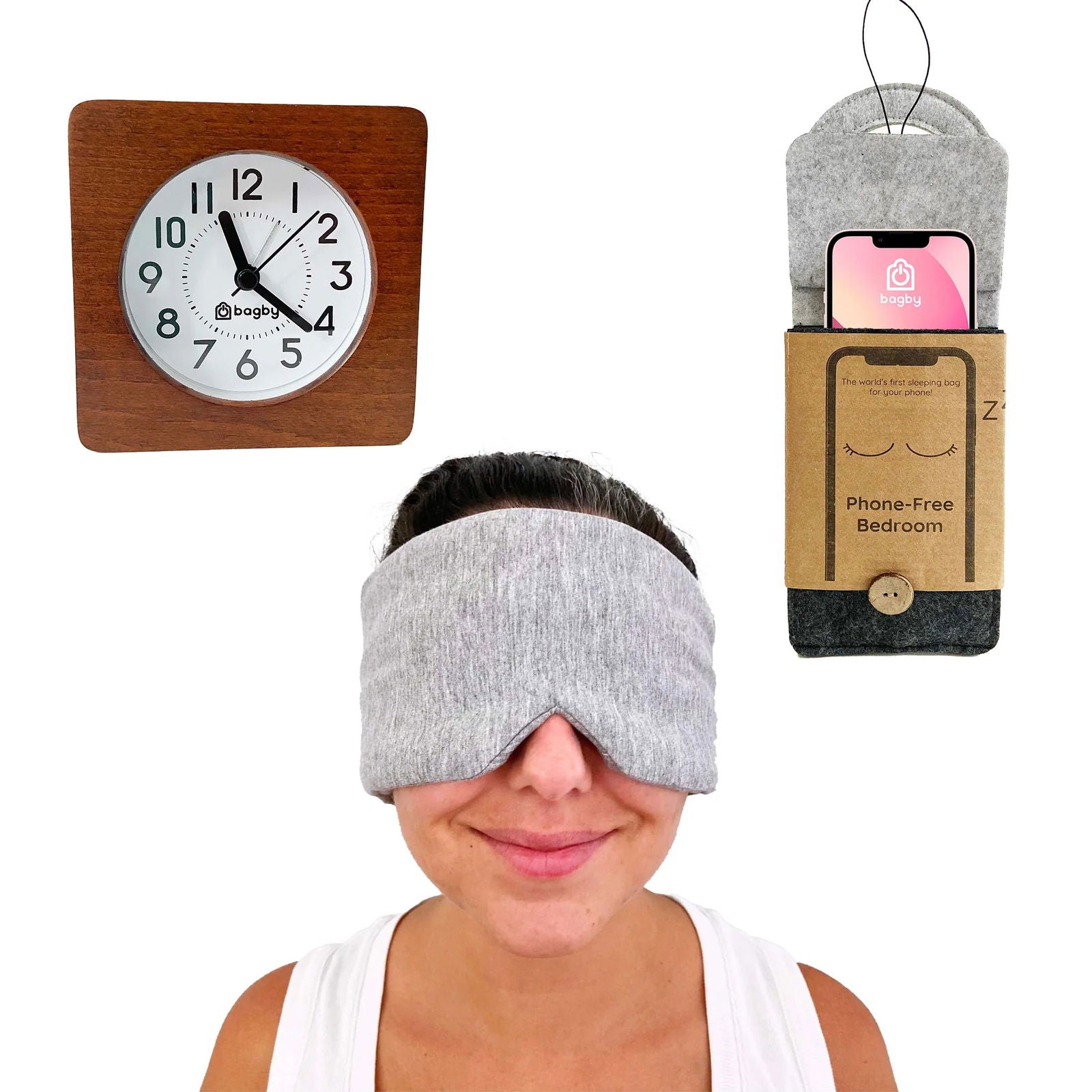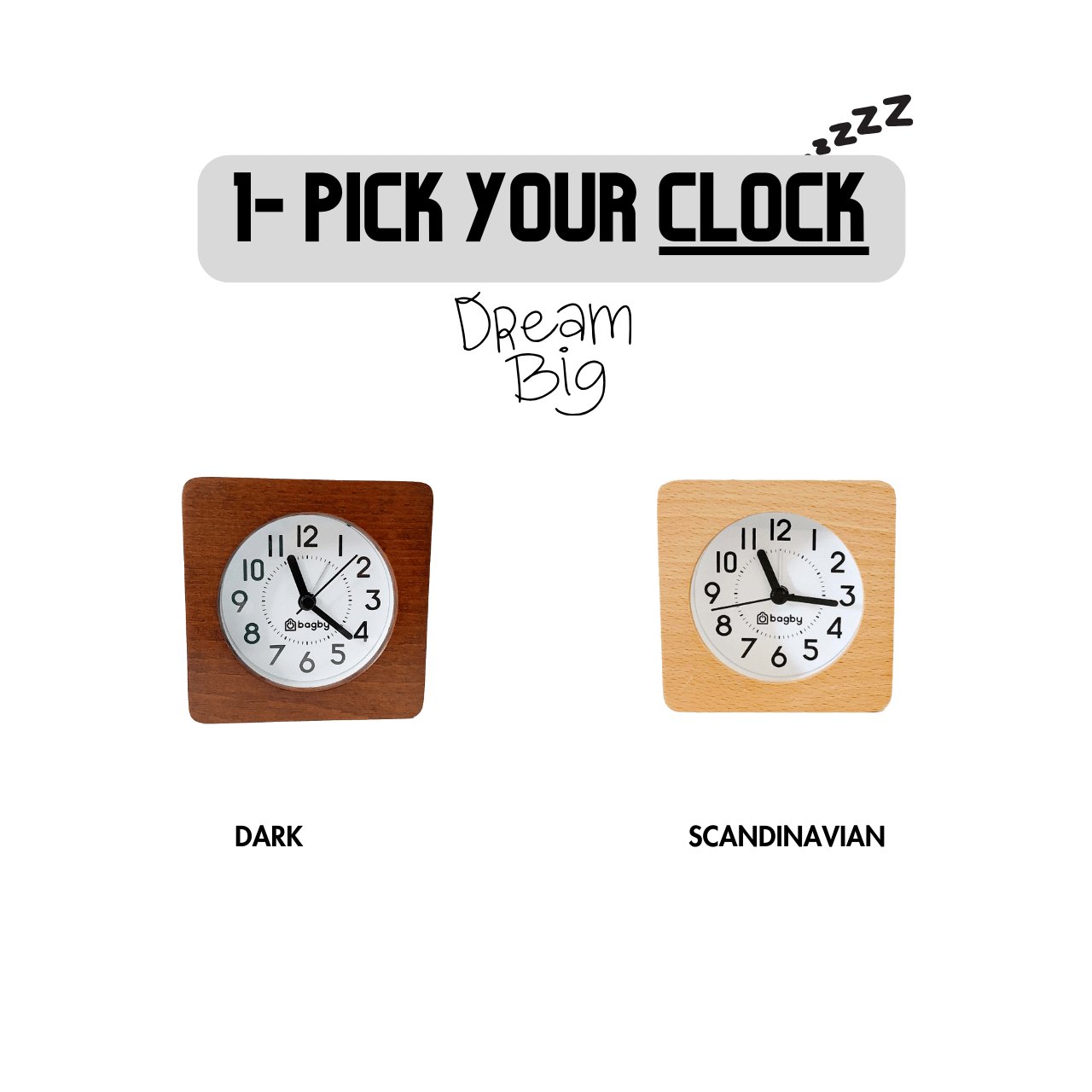Because of how our brains evolved, we can’t help but get addicted to modern technology. Tech companies are well aware of this. And they’ve been capitalizing on it for years, say experts.
Below, we'll take a look at the science behind addictive tech – and what you can do about it.
Why Do We Get Addicted to Our Gadgets?
Technology doesn’t trigger addiction directly through physiological interactions like the use of nicotine or alcohol does.
But we still get addicted to it. Why?
The answer is in the way human psychology works. After millennia of evolution, our brains and bodies are programmed to react in specific ways to specific situations and circumstances. And those reactions aren’t set up to be in line with modern technology.
In simple words, your evolution-based unconscious brain doesn’t understand modern tech. It’s the conscious brain that knows and interacts with technology.
But the problem is that your unconscious mind has to process whatever your conscious brain experiences. And even though doing things like socializing on the internet may be normal for the conscious brain, it’s a foreign concept for the much deeper unconscious mind.
So, what it does is that it associates your current activity with something that’s in its evolution-based guidebook and sends off a reaction that it thinks is appropriate for the situation.
And as a consequence of this, you suffer from problems like tech addiction. Let’s have a deeper look at how exactly you get addicted to technology.
But before that…
How Did Amare, a 16-Year-Old Gorilla, Get Addicted to Screens?
This story is from Chicago, where a 16-year-old teenager is severely addicted to screens, which is harming his physical health, social life, and connection to reality. This is the story of Amare.
But Amare isn’t your average teenager. He is a 16-year-old gorilla who lives at Chicago’s Lincoln Park Zoo.
Many primates at the Lincoln Park Zoo use tablets as part of their training and cognition studies. But they stick to about 5 minutes a day with these activities. In Amare’s case, the screens aren’t provided by the zoo but by the people visiting the zoo.
According to Steve Ross, Director of the zoo’s Fisher Center for the Study and Conservation of Apes:
“Zoo visitors like to interact with Amare by pressing up against the glass of his enclosure and showing him their cellphones. People have shown him their vacation photos, and pictures of their family. He is drawn to it, so he plops down in his <...> corner and looks at these screens as long as they’ll be given to him.”
But how does a gorilla get addicted to screens?
The Same Way We Get Addicted
In 1871 Charles Darwin, also known as the father of evolution, said that we humans are evolutionarily closer to African apes than any other species alive on this planet.
Although at the time this wasn’t confirmed, researchers continued digging on this path and said:
“The recent sequencing of the gorilla, chimpanzee, and bonobo genomes confirms that supposition and provides a clearer view of how we are connected: chimps and bonobos in particular take pride of place as our nearest living relatives, sharing approximately 99 percent of our DNA, with gorillas trailing at 98 percent.”
And just like humans, primates also have a dopamine cycle, which gets them hooked on a particular activity or a substance.
So, what is dopamine?
Prolonged Tech Use Initiates a Dopamine Surge
Discovered in 1957, dopamine is one of the major neurotransmitters that carry urgent messages between nerves, neurons, and other cells in the body. It’s responsible for giving you the feeling of pleasure and satisfaction.
When you do something rewarding, be it consuming certain foods, shopping, having sex, or anything else you genuinely enjoy, your brain releases this chemical, making you feel extremely good.
Besides that, dopamine is also responsible for pushing you to achieve new feats.

Now, even though using your gadgets isn’t the same as consuming delicious foods, drinking alcohol, or performing sexual activities, your brain processes it in the same way.
Think of this. How did you feel the last time you won a level in a video game or got a ton of likes on your social media upload? That pleasing, rewarding feeling—that’s dopamine.
Modern technology is an easier way for your brain to get continuous dopamine releases, say experts.
So, it’s simple math for the brain. Why work hard to try and achieve natural dopamine releases when sitting for hours scrolling social media is achieving the same thing?
This causes your brain to push you to repeat the process, eventually leading you to become addicted to technology.
Tech-Induced Social Isolation & Addiction
Though social media was designed to make the world a smaller place by connecting everyone, it has isolated more people than ever.
A 2017 study by the University of Pittsburgh recruited 1,787 US adults aged 19-32 years. The researchers surveyed them on their frequency of social media use (SMU).
The researchers concluded this study by saying, “Young adults with high SMU seem to feel more socially isolated than their counterparts with lower SMU. Future research should focus on determining directionality and elucidating reasons for these associations.”

See, for our evolution-based brain, socializing means going out, meeting real people, interacting with them, and doing things together. So, even though social media has been with us for a long time, it’s not enough to make an evolutionary change.
Your conscious mind may know that you’re socializing on the internet, but for your unconscious brain, you’re just staring at an object, emitting bright light, completely alone. This leads your unconscious brain to think you’re socially isolated, which means it will push you to socialize more.
But, since social media is modern socializing, this puts you in this never-ending loop, resulting in a bunch of potential problems, including:
- Depression
- Impaired executive function
- Poor cardiovascular function
- Impaired immune system
- Accelerated cognitive decline
- Increased stress levels
- Poor sleep quality
FOMO
FOMO, or fear of missing out, is one of the many types of anxiety that comes with the feeling of exclusion.
Have you ever seen social media pictures of your friends doing stuff you always wanted to do and felt terrible? Or, have you ever visited a social media influencer’s page and got jealous of the kind of life they’re living?
That’s FOMO. And it roots in our evolutionary need to be included in social groups, as, historically, being a part of a social group meant that we’d be safe in case of foreign threats.
I’ve written a separate post that discusses FOMO in-depth. So, give it a read.
Tech Companies Know This
Traditionally, companies like Facebook, Twitter, and Google measured their success by the number of users. But today, they’ve replaced that metric with the amount of time users spend on their product.
That’s because, since these companies provide their services for free, advertisements are their primary source of revenue. And since the amount of revenue these companies generate depends on how many ads their users watch, they do everything in their power to keep users on their platform. It's the understanding of the evolution-based human brain that helps them keep you hooked on their products and services.
Have a look at how tech companies keep you scrolling and binging for hours.
Gamification
Gamification is a marketing strategy in which you put game elements in non-game contexts to enhance user experience.
You may have heard of an app called Duolingo. It’s a classic example of how gamification is used in the modern world.
Language learning is an academic process. It takes – or at least used to take – months of attending classes, reading books, sitting exams, and completing practice tests. And then comes Duolingo. A smartphone-based application that can get you started with a new language in just a few weeks, with its game-like features and a fun learning process.
Today, Duolingo has over 500 million registered users with 42 million active visitors per month.
There are two rules to gamifying a certain product: game mechanics and game dynamics.
Game mechanics focuses on setting rules and providing rewards like new missions, points, and badges. On the other hand, game dynamics contains the psychological understanding of human behavior, like emotions and desires, that help developers resonate with people.
I’ve written an in-depth post on how tech companies use gamification to keep you coming back to their product repeatedly, translating your visits into massive revenues. So, check that out if you want to be more informed about it.
Notifications
Notifications are yet another way these companies ensure that you return to their product. See, notifications have a deep connection with your psyche. Experts say that every time you see an alert from your phone, or even anticipate one, your brain shuts down the prefrontal cortex, which is responsible for high-level cognitive functions.

Reacting to alerts has been a part of human behavior for a long time. In the primitive era, when there was some threat approaching the group, they’d get alerted, helping them act fast and save their tribe.
This went on for thousands of years, giving evolution enough time to engrave it in our DNA. Today, notifications act the same way those alerts did. The only difference is, most of the time, they don't really need your attention. But you attend to them anyway because that’s how we humans are designed to act.
Constant Suggestions to Immerse You More in Tech
Well, this is a slightly different strategy than bombarding you with notifications, but a 2021 Bloomberg report highlighted how Amazon added a new feature to their Alexa-supported devices to ensure that you engage more with the gadget.
Statistics say that more than 25 percent of US households own an Alexa device. But reports say that Amazon is having a tough time keeping their consumers interested in their devices.
Amazon found out that 15-25% of consumers who purchase an Alexa device stop using it after just the second week of use.

That said, the market is still hot for Alexa-enabled devices with screens, as reportedly, 74% of users interact with screen-based Alexa devices every week. The screen-less Echo Dot fades in comparison, as only 56% of Echo Dot owners use it every week.
In a 2019 planning document, it was revealed that most users utilize their Alexa device for just three main use cases: playing music, setting timers, and controlling lights. And most users discover half of all the features they’ll ever use within hours of activating the device.
Because of this, the user interest in the device quickly fades away, and Amazon is trying to bring them back.
Is Amazon’s Assistant Any Better than It Was in 2014?
Undoubtedly, these statistics don’t really paint the rosiest picture of Amazon’s future in the AI assistant market. This is why Amazon has introduced the “By the way, did you know?” feature to inform you of new commands every time it finishes a task.
The reason is simple. The more you use Alexa, the more it delivers profit to Amazon, but at the expense of your valuable time.
Though this can be a helpful feature, these constant suggestions can heavily increase your time with these gadgets. So, experts recommend turning the suggestions feature off. Here’s a helpful guide from CNET that has instructions on how to adjust the number of suggestions that your Alexa device makes every time you ask it to do something.
The Snooze Effect & Auto Play
In his 2019 TEDx talk, Andrew Schulz, a comedian from the US, talked about the snooze effect and how it helped him get big in the comedy scene.
Before he made it big, he used to upload hour-long videos from his stand-up sets on YouTube. And even though his material was good, he didn’t get much watch time on his channel until he changed the way he uploaded his videos.
Instead of hour-long stand-up sets, he cut them into short 10-minute videos. Soon, his YouTube channel started blowing up because the same people who refused to watch his hour-long sets were spending hours watching one after another of those 10-minute short videos.

So, the comedian was the same, and so were his jokes. Then what changed?
The Control Factor
The control. Those 10-minute videos sent a message that people were in control of their time. After all, spending 10-minute watching a funny set won’t hurt much, right? But wait. Another ten-minute also doesn’t hurt that much. And just like that, you have spent hours watching those videos you initially didn’t have time for.
Sites like Facebook, Instagram, and YouTube use the same snooze effect to keep their users hooked on their content.
And what if the content you’re watching isn’t as interesting as Schulz’s stand-up videos? Well, that’s what the auto-play is there for.
These sites show you one video after another automatically, and since no effort is required from your end, you simply keep watching. And even if you disable autoplay, as YouTube gives you that option, it hardly matters because just below the video you’re watching is a set of recommended videos, begging you to click on them.
And these companies know you’ll click on the recommended videos because that’s how their algorithm is set to work.
Algorithms
Remember decades ago when people said that machines would be controlling humans in the future? Well, we may already be there, just not quite in the way people thought.
You may have heard of machine learning. It’s a computer program that allows users to feed their data to a computer algorithm, which then analyzes it and makes data-driven decisions and recommendations based on your input.
In simple words, machine learning helps these companies understand what you like based on your behavior.
Take the “recommended videos” strategy from above. Here’s a simple experiment you can do to learn how this works. Take two phones from two people and open the same video on YouTube. Once the video starts playing, check out the recommended section. Even though you’re watching the same video on both phones, the recommendations won’t be the same because they’re custom-tailored by machine learning to show what the phone owner is likely to click on.
And because of machine learning, these sites can trigger the snooze effect on their users, making them stay there longer.
Tech Giants Limit Tech Use at Home
In 2017, there was a study by UCLA (University of California, Los Angeles) that showed how too much screen time causes children to be unable to accept delayed gratification, read nonverbal cues, and actively engage with the world around them.
For this, UCLA scientists studied fifty-one preteens that were spending five days at an overnight nature camp where TVs, cell phones, and computers were prohibited.
When they compared this group to a school-based control group who had access to screens for those five days, they found that the kids at the nature camp became much better at reading human emotions than the other group.
Technology is harmful, and tech giants know it, which is why Steve Jobs never let his kids use the iPad at home and strictly limited how much tech they used.
But I also understand that the Steve Jobs example may not be the pinnacle of evidence to show that tech giants know how harmful modern technology is to the masses. So, here’s something even better.
The Facebook Files
A 2021 investigation by the Wall Street Journal showed how Facebook (now Meta) knew that their products were harming people, and they chose to hide that information from the public.
“Facebook Inc. knows, in acute detail, that its platforms are riddled with flaws that cause harm, often in ways only the company fully understands,” says the report.

Here are two summaries from that report highlighting how Facebook and Instagram are hurting people on a daily basis. If you want to read the full report, it’s available on The Wall Street Journal’s official website.
Facebook’s Documents About Instagram and Teens
Instagram is an image and video-sharing social platform with a high focus on tweens, teens, and the young adult demographic. In 2020, Facebook conducted an internal research study that showed it’s harming teen girls by making them feel they’re not perfect enough. Here are some of the statistics that Facebook’s internal research team came up with.
- 66% of teen girls on Instagram experienced negative social comparison
- 52% of teen girls who experienced negative social comparison on Instagram said it was caused by images related to beauty
- 32% of teen girls said that when they felt bad about their bodies, Instagram made them feel worse
Sources say that Facebook had this study for a long time but chose to hide it from the general public.
Instagram Is Toxic for Many Teen Girls
In the three years before the WSJ published The Facebook Files, it reported that Facebook had been conducting studies to see how its photo-sharing platform affects millions of younger users.
In this ongoing research, they found that Instagram is severely harmful to a sizable percentage of its’s users, i.e., teenage girls.
“We make body image issues worse for one in three teen girls,” said one of the many slides summarizing the study about teen girls who experienced these issues.
Another slide said that “teens blame Instagram for increases in the rate of anxiety and depression.” And finally, it was also revealed that 13% of British and 6% of American users reported thoughts of self-harm, which sourced back to prolonged Instagram use.
And That's Not All...
Again, these are just two of the many problems Facebook’s own internal study showed that its product causes to its users. So, once you finish this post, do check out The Facebook Files by The Wall Street Journal.
And There are Apps Like BeReal
“Instagram perfect” is the act of striving to portray a perfect life on Instagram that, in most cases, doesn’t resemble actual reality. Because of how social media culture is today, users have to ensure that their photos are Insta-worthy before uploading them.
This stems from influencer culture. When we follow the lives of influencers every single day, we see them as nothing less than perfect. And when we can’t achieve the same level of perfection, because frankly, it’s impossible to be “Instagram perfect” all the time in real life, our mental health suffers.
In the wake of this reality comes applications like BeReal, which helps users not to overthink before they post.
What is BeReal?
Launched in 2019, a French app called BeReal has been downloaded over 7 million times by both Android and iOS users. The unique thing about this photo-sharing app is that, unlike Instagram, BeReal has no filters, and you can’t upload edited pictures either.

This app pings its users once every 24 hours at random times, asking them to snap a picture using their front and rear cameras. The app only allows a 2-minute timeframe to take the pictures, so there’s no time for staging and fabrication.
If you’re too busy or in a private area like the bathroom, you can post your selfie outside of your 2-minute timeframe. But the catch is that your followers will be notified that your photo is late and shown precisely how late it is.
Also, BeReal prevents users from lurking, which means that to see others’ images, you have to first share your own. If you post late, you won’t have as much time to view your friends’ pictures, as all posts reset when the next notification goes out.The primary aim behind this app is to share your real-life as it’s happening. “BeReal is your chance to show your friends who you really are, for once,” says the company. “BeReal won't make you famous, if you want to become
Is This Better Than Instagram?
Originally, the primary purpose of social media was to connect people with each other. And BeReal seems to be fulfilling that purpose. There are no “perfect” influencers or pages that decide what life should look like for you. I’d say this is a step in the right direction.
But is the concept of BeReal enough to make a lasting difference in our social media habits? And is it enough to change the way social media impacts our mental health? As the company themselves boasts on their AppStore page, “BeReal can be addictive.” And, as we know, that’s not necessarily a good thing. So, only time will tell.
So, Should You Be Scared of Modern Technology?
Seeing how harmful modern technology can be, should you be scared of it and start cutting out technology from your life?
Absolutely not!
Today, technology isn’t something you can choose whether or not to interact with. It’s an integral part of our lives, and the fact is, if you want to actually get away from technology, you’d have to go back at least 200 years.
But again, why would anyone even want to cut technology from their life? It’s amazing, and the level of convenience we have today is because of it.
So, instead of being scared or thinking of going back to how people lived 200 years ago, you can build a healthier relationship with it. And here’s how you can do that.
Limit Your Tech Use
Even though technology use is a significant part of our lives, we don’t need to be connected to it at all times. The first thing I recommend you do, starting today, is limit your tech use. Doing this will not only protect you from most of the problems that come with technology, but it will also free a huge chunk of your day to enjoy other things.
I have written an in-depth post on how you can limit your tech-use time without it affecting your work, entertainment, and socializing. So, give it a read.
No Phone Zones
It’s easy to fall into the mindless scrolling trap when your gadget is right beside you, begging you to pick it up. This is why you need no phone zones at your home.
You can start by making your dinner table a tech-free zone. See, tech companies can use all the tricks they want to get you hooked on their products, but it won’t work if you aren’t looking at it.
Besides, creating no phone zones has many benefits ranging from mindfulness to increased happiness. Read my post on “Why You Shouldn’t Bring Your Phone to the Dinner Table” for more information.
Practice Digital Detox
Digital detox is one of the best ways to counter the adverse effects of technology. All you need to do is just stay away from your gadgets for a specific amount of time.
And the best part about digital detox is that you don’t have to commit your whole day to this practice. There are many versions of digital detox that you can incorporate into your daily life without it affecting your gadget-related responsibilities.
One such example would be practicing digital detox for a few hours at the end of your workday. And you can utilize this time for other offline things.
Read my post on “Digital Detox” to learn about all versions of digital detox and how you can start incorporating it into your life.
Be Cautious
Even though technology is manipulative, you have ultimate control over how it affects you. You just need to be cautious about how you let it affect you.
But it’s hard, I agree. For instance, say some stranger is calling you names on the internet; it’s certainly not easy to ignore. After all, those words were thrown at you. But, a simple shift in mindset can help you a lot.
Instead of focusing on what they said, you can consciously brush it off, saying that this stranger doesn’t know me at all. My thoughts, beliefs, and overall, the kind of person I am makes their comment about me invalid.
Similarly, when you compare yourself to some influencer on the internet, try to be mindful of what is happening and how it makes you feel. Realize that those comparisons are invalid; remind yourself that things are not always what they seem, and that you have no idea of what’s going on in the background of the digital representation of that person.
If you’re wasting your time on your gadgets and letting them affect other aspects of your life, simply shut them down.
Remember that you have control over it, and all you have to be is cautious.
Final Thoughts
Technology is not evil. It’s only because of it that we get to live in the level of comfort that we have today. But what you need to remember is that technology is a mere part of your life and not your whole life.
If you simply put down your gadgets and look around, you’ll see that there are other parts of your life that need your attention. And when you give those parts of life the attention they deserve, it will benefit you a lot.
From better physical health and well-balanced mental health to happier relationships, you can achieve all of that by building a healthier relationship with technology.
And that’s the entire focus of “The Healthier Tech Podcast” from SYB. We have a number of experts from different industries sharing how you can live a safer, healthier life alongside technology.
You can start listening to it for free today on the SYB website. We’re also available on all major platforms like Apple Podcasts, Spotify, Amazon Music, and Google Podcast. So, give it a listen.




